range hood exhaust tied into an existing chimeny?
muffyj
11 years ago
Featured Answer
Sort by:Oldest
Comments (12)
muffyj
11 years agoRelated Professionals
Caledonia Interior Designers & Decorators · Oak Hill Architects & Building Designers · Bell Gardens Architects & Building Designers · Ridgefield Kitchen & Bathroom Designers · South Farmingdale Kitchen & Bathroom Designers · Augusta Furniture & Accessories · Memphis Furniture & Accessories · Fountainebleau Furniture & Accessories · Conneaut General Contractors · Erlanger General Contractors · Havelock General Contractors · Makakilo General Contractors · Point Pleasant General Contractors · Port Saint Lucie General Contractors · Rolling Hills Estates General Contractorsfeeny
11 years agolast modified: 11 years agomuffyj
11 years agofeeny
11 years agolast modified: 11 years agomuffyj
11 years agoBeautiful Space Co
11 years agoBeautiful Space Co
11 years agoAshley Henderson
9 years agofeeny
9 years agolast modified: 9 years agob3essay2010
7 years agoEmily Whitman
5 years ago
Related Stories

HOUSEKEEPINGHow to Clean Your Range and Oven
Experts serve up advice on caring for these kitchen appliances, which work extra hard during the holidays
Full Story
KITCHEN DESIGNWhat to Know When Choosing a Range Hood
Find out the types of kitchen range hoods available and the options for customized units
Full Story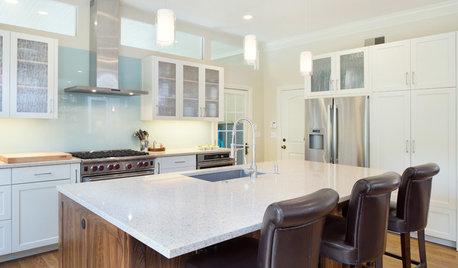
KITCHEN DESIGNModern Storage and Sunshine Scare Away the Monster in a Kansas Kitchen
New windows and all-white cabinetry lighten a kitchen that was once dominated by an oversize range hood and inefficient cabinets
Full Story
KITCHEN APPLIANCESThe Many Ways to Get Creative With Kitchen Hoods
Distinctive hood designs — in reclaimed barn wood, zinc, copper and more — are transforming the look of kitchens
Full Story
KITCHEN DESIGNHow to Choose the Right Hood Fan for Your Kitchen
Keep your kitchen clean and your home's air fresh by understanding all the options for ventilating via a hood fan
Full Story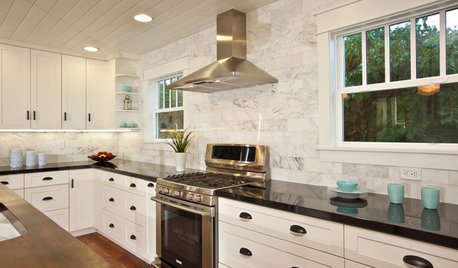
KITCHEN DESIGNHow to Pick Your Important Kitchen Appliances
Find the ideal oven, refrigerator, range and more without going nutty — these resources help you sort through your the appliance options
Full Story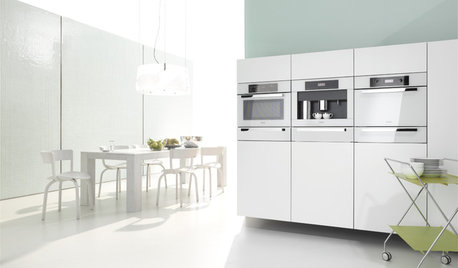
KITCHEN DESIGNWhite Appliances Find the Limelight
White is becoming a clear star across a broad range of kitchen styles and with all manner of appliances
Full Story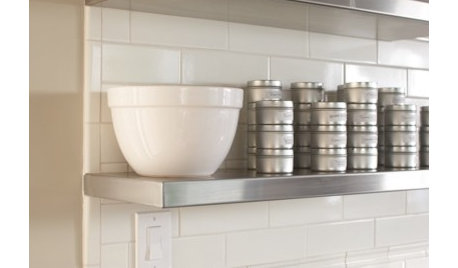
KITCHEN DESIGNHow Much Does a Kitchen Makeover Cost?
See what upgrades you can expect in 3 budget ranges, from basic swap-outs to full-on overhauls
Full Story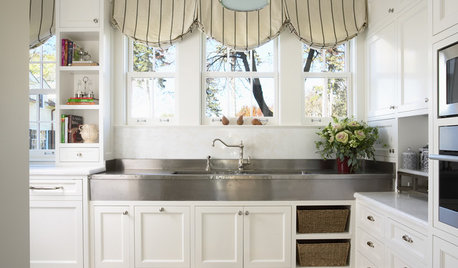
KITCHEN DESIGN8 Top Hardware Styles for Shaker Kitchen Cabinets
Simple Shaker style opens itself to a wide range of knobs and pulls. See which is right for your own kitchen
Full Story
COFFEE WITH AN ARCHITECTHitting the Bars to Explain the Design Process
Simple bar charts and a little math by a seasoned architect give a helpful overview of renovation and new-build proceedings
Full StoryMore Discussions







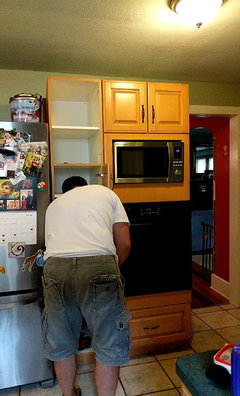
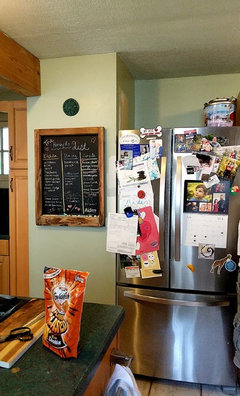
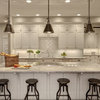
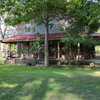
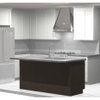
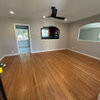
Beautiful Space Co